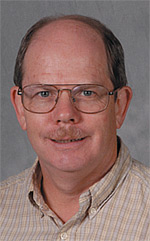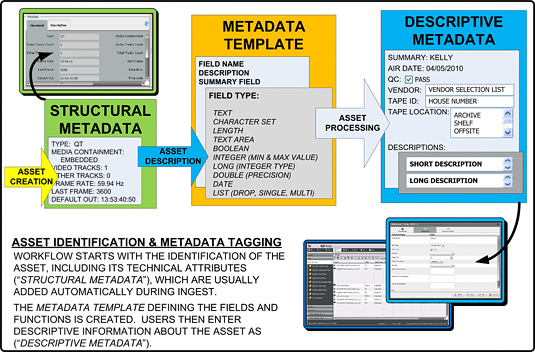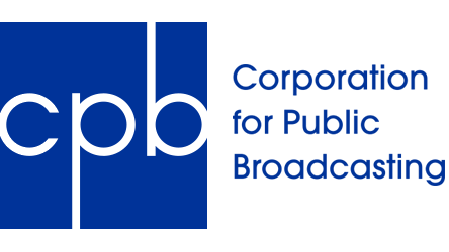Unrecognized Trends in Video Server Implementation

It is evident that video servers have essentially replaced videotape for the playback of commercial and interstitial content at most broadcast and MVPD (mul-tichannel video programming distributor) service providers. For long form playback, videotape remains a viable choice for program play-out models ac-companied by live delivery via satellite of network programs and certain syndicated program services. The trend to an all server-based playback continues as more and more program content is being delivered as a file-based medium. If these scenarios are truly accurate, then the video server business for mission-critical play-out systems may have peaked and manufacturers may now be addressing changing needs for their customer and users.
This shift focuses on a series of changes; some are obvious and others are not so obvious. Business objectives for video server providers are still built somewhat on the legacy server replacement model which continues. Other business segments place emphasis on HD upgrades, expansion of primary storage components, or service offerings such as nearline storage or archiving. Those groups looking at centralized broadcasting centers (hubcasting) may actually be combining existing server systems to a single location—mitigating the need for additional encoding or decoding ports while also reducing the net storage requirements for the enter-prise overall.
Surprisingly, one can still find users that are relying on video server platforms that they purchased nearly a decade or more ago. Users may find that supporting those servers is no longer practical as the availability of hard disk drives—in some cases where they are still employing 4 GB HDD—diminishes rapidly over time. At some point, when the hard drives are no longer available, the user may be forced to replace the entire video server platform as a forklift upgrade. This scenario de-pends on the age of the server systems themselves, and the business practices of the organization. Still, such a model might result in a different solution, one that could possibly extend the storage beyond its present limitations and maintain the legacy encoding/decoding platform at least temporarily.
PRESERVING THE PAST
A potential solution aimed at legacy preservation is to constrain the current server/storage combination to applications of ingest and playback only, but at a re-duced scale. If the available storage on the main server system is sufficient to support the broadcast day part's commercial play-out; the user might look at deploy-ing a secondary, external storage system, e.g., a NAS (network-attached storage), as a "library" storage platform. In this mode, all material is still ingested through the original server system and if not immediately needed for play-out, is pushed to the NAS. The content contained on a nearline NAS is then transferred back to the main server platform when needed for play to air. Users considering this approach need to verify that they can easily and efficiently make the transfers between the two storage platforms according to the needs and requirements of the play-to-air chain. Where this type of legacy equipment is employed, a file transfer gateway acting as the "transport-interface" between the near line NAS and the legacy storage platform may be required.
At the other end of the spectrum, if the legacy platform has insufficient bandwidth to support file transfers, or if high-definition content is necessary, the user may have no other alternative except to replace the server entirely. Cost, performance and applications at play become important elements in making this decision.

Asset Identification & Metadata Tagging workflow starts with the identification of the asset, including its technical attributes ("Structural Metadata"), which are usually added automatically during ingest. The Metadata Template defining the fields and functions is created. Users then enter descriptive informaion about the Asset as ("Descriptive Metadata"). For those facilities that currently have sufficient encoding and decoding components, and already have enough high performance storage to meet their content requirement needs, additional or new services may be considered which would support the migration to an all file-based workflow. These kinds of services, which are ideally suited for the workflow and file management of video server systems include proxy generation for review and approval processes; format transcoding for alternative release channels; preparation of assets for archival purposes (metadata tagging, tape-based archive or short term nearline); and file analysis and/or automated correction of errors. Various product lines from each of the primary video server manufacturers are currently addressing some or all of these additional services.
ADDED BONUS
Other services which can be added to a broadcast server environment include edit-in-place capabilities whereby the production of content from original ma-terial does not have to be pushed to another storage platform or local edit workstation, but resides on the video server's centralized storage platform. In this mode, the management of the assets can be maintained on a single platform which can be protected and profiled for those activities specific to the broadcaster's overall asset management requirements. It is interesting to find that video server manufacturers have recognized that by adding an integrated media asset management system, even if only simplistic in nature, the needs of the broadcaster may be sufficiently addressed such that third-party asset management sys-tems become somewhat unnecessary.
Modern video server platforms have always provided a level of metadata management in the fundamental systems—usually referred to as their "data-bases." This metadata, more properly called "structural" metadata, describes such essential information as start of message, clip length, audio type and channel identification, encoding parameters, end of message, house or server ID, etc. Today, we find server manufacturers are now including descriptive metadata in a form that can be exchanged with third-party systems—such as editing platforms—and which are capable of supporting a significant amount of the asset management needs of the enterprise without having to buy a separate system.
This trend in video server implementations has seen a movement beyond just the traditional hardware-based I/O needs and basic storage to another evolution in support of moving media applications and workflows. The addition of integrating descriptive and structural metadata that is extensible to other applications is a logical and valuable trend that is not readily recognized by the operators of existing systems. Some of these additional feature sets can be added just as a software update, while others may need another (media applications) server which is attached to the video server system's virtual local access network (VLAN). The wealth of descriptive metadata that can now be associated to clips, content and various versions of work in process, and is linked with relatively little complexity, will cer-tainly help the migration to the all file-based workflow immensely. We should all welcome this valuable trend!
Karl Paulsen is chief technology officer for AZCAR, a provider of digital media solutions for the moving media industry. Karl is a SMPTE Fellow, SBE Life Member and Certified Professional Broadcast Engineer. Contact him atkarl.paulsen@azcar.com.
The professional video industry's #1 source for news, trends and product and tech information. Sign up below.

Karl Paulsen recently retired as a CTO and has regularly contributed to TV Tech on topics related to media, networking, workflow, cloud and systemization for the media and entertainment industry. He is a SMPTE Fellow with more than 50 years of engineering and managerial experience in commercial TV and radio broadcasting. For over 25 years he has written on featured topics in TV Tech magazine—penning the magazine’s “Storage and Media Technologies” and “Cloudspotter’s Journal” columns.
